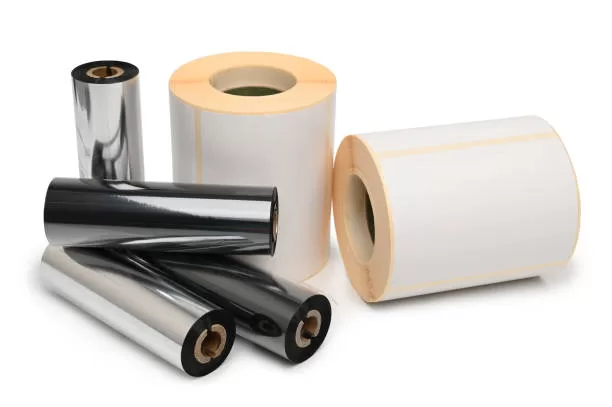In the competitive world of printing businesses, it is crucial to make informed decisions when it comes to selecting the right thermal transfer ribbon for your printing needs. The quality of your thermal transfer ribbon can significantly impact the output of your printed materials, including barcodes, labels, and tags. To ensure that your printing business operates at its best, we have identified four essential factors to consider when choosing the right thermal transfer ribbon. By understanding and prioritizing these factors, you can maximize the efficiency and quality of your printing processes, ultimately leading to customer satisfaction and business success.
Ribbon Composition and Material
The first factor to consider is the composition and material of the thermal transfer ribbon. This aspect plays a crucial role in determining the durability and longevity of your printed output. There are various types of ribbon materials available in the market, such as wax, wax-resin, and resin. Each material offers different qualities and is suitable for specific applications.
Wax ribbons:
These ribbons are ideal for printing on paper labels or tags. They provide good quality prints, but they are not resistant to smudging or scratching. Wax ribbons are cost-effective and commonly used for general-purpose printing applications.
Wax-resin ribbons:
These ribbons offer a balance between cost and durability. They provide excellent print quality on various materials, including paper and synthetic labels. Wax-resin ribbons are resistant to moderate levels of heat, chemicals, and abrasion, making them suitable for applications that require increased durability.
Resin ribbons:
Resin ribbons are the most durable and resistant option available. They offer exceptional resistance to heat, chemicals, moisture, and abrasion. Resin ribbons are commonly used for applications involving harsh environments or extreme conditions, such as chemical drum labeling or outdoor signage.
Understanding the specific requirements of your printing applications will help you determine the most suitable ribbon composition and material for your business.
Print Quality and Clarity
The second crucial factor to consider is the print quality and clarity that the thermal transfer ribbon can deliver. High-quality prints are essential to meet customer expectations and ensure the accurate representation of barcodes, labels, and other printed information. The resolution and sharpness of the printed output can directly impact the readability and scannability of barcodes, which is crucial for inventory management and logistics processes.
When selecting the right thermal transfer ribbon, consider its compatibility with your printer model and the print head’s resolution. It is advisable to choose a ribbon that is specifically designed for your printer to ensure optimal print quality. Additionally, selecting ribbons from reputable manufacturers known for their high-quality products can provide an extra level of assurance in achieving consistent and clear prints.
Durability and Longevity
The durability and longevity of the thermal transfer ribbons are essential factors, particularly if your printed materials will be exposed to challenging conditions or require long-term readability. The ribbon should be capable of withstanding various environmental factors, such as moisture, heat, chemicals, and UV exposure, without compromising the print quality.
Consider the application requirements and select a ribbon that offers the necessary durability. If your printed labels or tags will be subjected to outdoor conditions, opt for a ribbon with high resistance to UV rays and weathering. Similarly, if your products will be exposed to chemicals or extreme temperatures, choose a ribbon that can withstand these conditions.
Additionally, the longevity of these ribbons is an important consideration to avoid frequent ribbon changes, which can disrupt workflow and increase operational costs. Look for ribbons with high ink capacity to ensure longer printing runs before needing replacements.
Cost-effectiveness
While the quality and durability of the transfer ribbons are important, businesses also are mindful of the cost-effectiveness for any size of enterprises. Striking the right balance between quality and price can help optimize your printing operations and reduce overall expenses.
Consider the overall cost of the ribbon, including the initial purchase price, ink capacity, and the number of prints you can achieve before needing a replacement. Evaluate the cost per print to determine the most cost-effective option for your business. Keep in mind that lower-priced ribbons may not always deliver the desired print quality or longevity, so it is essential to find a reliable supplier that offers a good balance between affordability and performance.
Check out Diginex for all your business printing related needs, browse our selection of magnetic card reader, TSC mobile printer, barcode label printing and much more.




0 Comments